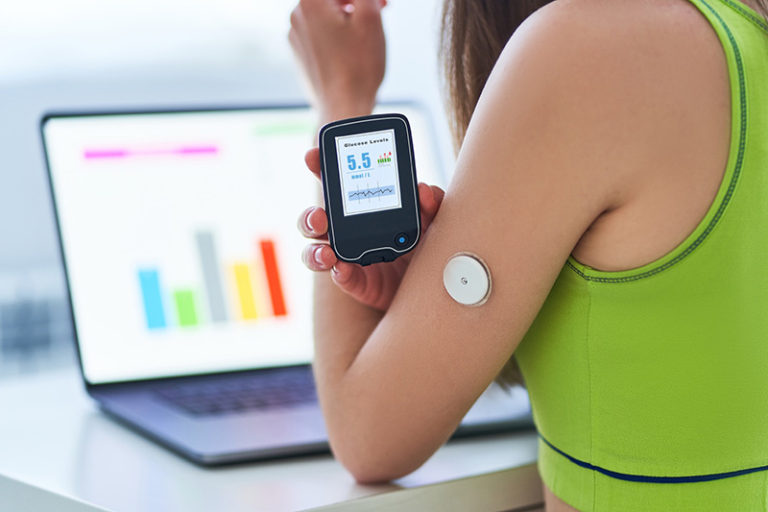 The healthcare system is constantly evolving to offer better and more efficient services to patients. In recent years, technology has played a vital role in augmenting the healthcare industry with advanced tools and techniques. remote patient monitoring companies (RPM) is one such technological innovation that has revolutionized healthcare practices across the world. In this blog, we will discuss how RPM works and how it helps in delivering better healthcare services.
The healthcare system is constantly evolving to offer better and more efficient services to patients. In recent years, technology has played a vital role in augmenting the healthcare industry with advanced tools and techniques. remote patient monitoring companies (RPM) is one such technological innovation that has revolutionized healthcare practices across the world. In this blog, we will discuss how RPM works and how it helps in delivering better healthcare services.
Advancements in technology have brought remarkable changes in the healthcare industry. RPM is one of the latest medical technologies that offer numerous benefits to patients and healthcare providers. RPM allows healthcare professionals to monitor the vital signs and symptoms of the patients remotely. Patients can use a range of medical devices such as Blood Pressure monitors, Glucometer, and Pulse Oximeter, which are connected to a telehealth platform. This platform enables real-time clinical data collection, transmission, and analysis. This helps in timely identification of any symptoms that need to be addressed and that too without the patient making a visit to the clinic or hospital.
RPM provides an excellent opportunity for elderly and chronically ill patients. Patients with chronic conditions like diabetes or hypertension can be treated quickly with the use of RPM. It allows doctors to monitor the patient’s blood pressure, glucose levels, and other necessary parameters remotely. If there is any potential risk, the healthcare provider can address the issue immediately to avoid complications. Moreover, RPM enables you to know whether the patient is adhering to their treatment regimen. It can help to identify non-compliance issues that may have led to treatment failure and prescribe the necessary interventions.
One of the significant benefits of RPM technology is that it reduces healthcare costs. With the help of RPM, patients can receive preventive care and early intervention, minimizing the chances of expensive visits to the emergency department. Remote monitoring also reduces the total healthcare costs related to ambulance transport, hospital admittance, and other healthcare services. This technology is particularly useful for patients residing in rural areas, where access to healthcare services is limited.
The data collected from an RPM system can improve healthcare services’ efficiency and quality. Providers can access the data remotely and review them at any time from any location. This helps in maintaining electronic health records (EHRs), facilitates efficient patient communication, and saves time for both doctors and patients. Remote patient monitoring services have opened new avenues for telemedicine, where doctors can diagnose and treat patients without requiring them to make an in-person visit.
RPM requires only a few minutes of initial setup. Once the devices are connected to a telehealth platform, data cuts-off from devices to cloud-based servers that are preconfigured to send automatic alerts to healthcare personnel in case of any emergency. Chronic patients can thus receive continuous care and feedback, communicate with healthcare providers remotely, schedule virtual visits where necessary, and access other useful resources.
Conclusion:
In conclusion, RPM is an innovative and affordable method that can significantly improve healthcare delivery and patient outcomes. It has the potential to revolutionize the healthcare industry, especially in chronic care management. RPM technology is being integrated into the healthcare system, and soon it will become a standard practice. Healthcare providers should embrace this technology to improve healthcare delivery, reduce healthcare costs, enhance patient outcomes, and promote patient engagement. With the ongoing pandemic situation, RPM can play a vital role in reducing the risk of community transmission. If you haven’t considered remote patient monitoring services yet, now is the time to start.



